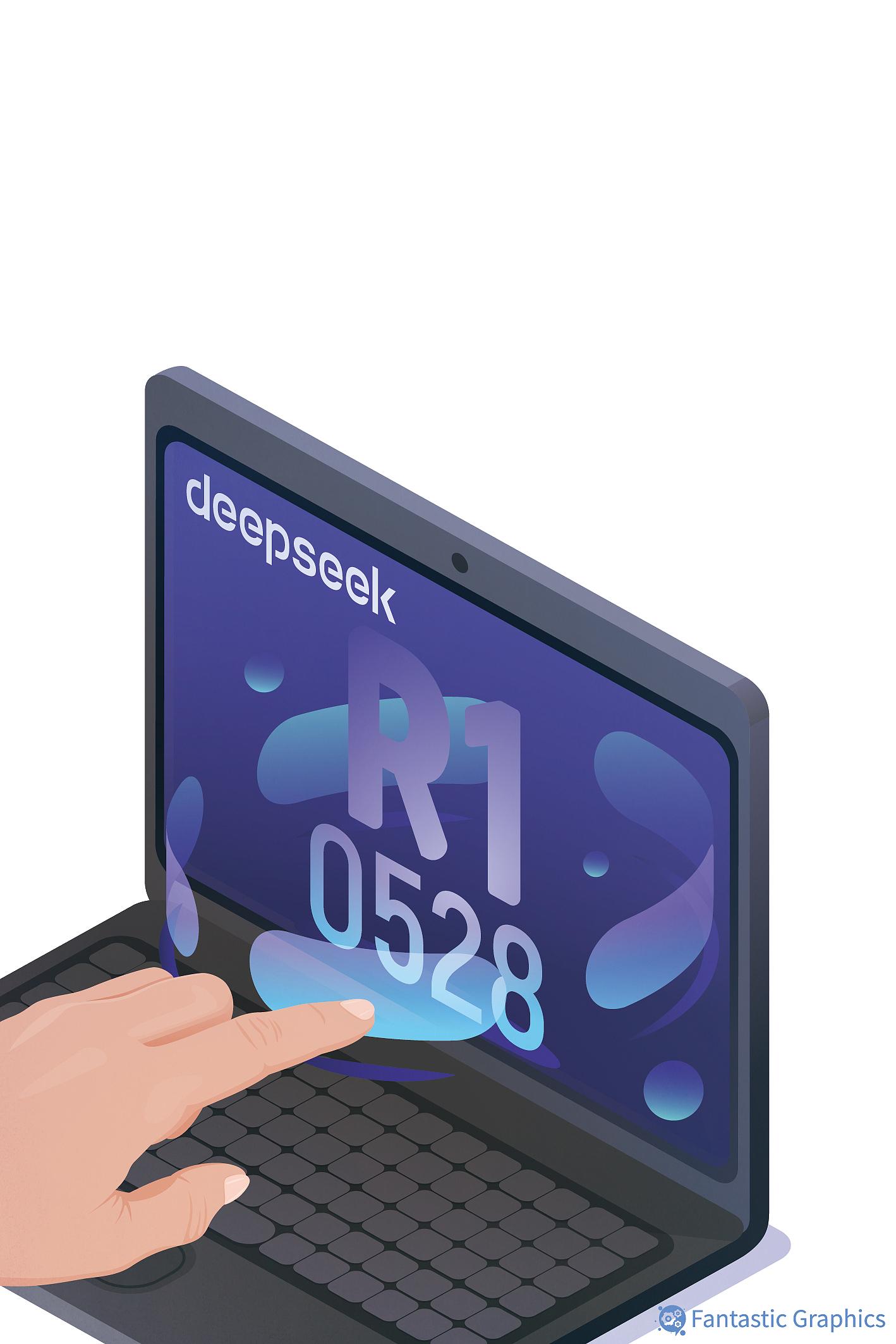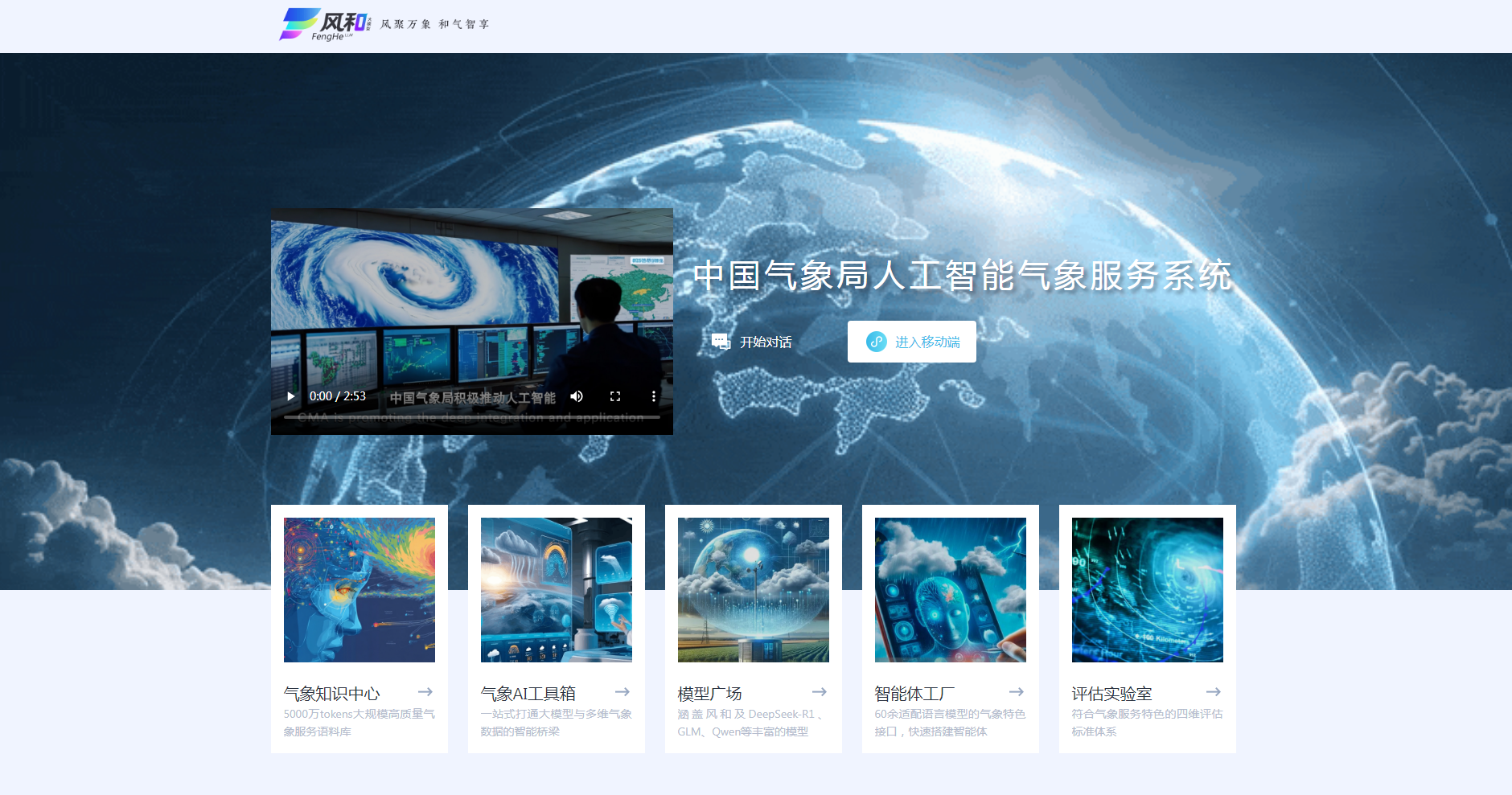Open-source AI Path to Inclusiveness

When it comes to developing AI, China is forging a distinct path that diverges fundamentally from Western patterns. Crucially, China has embraced a strategy centered on "rapid iteration, frugal innovation, and open sharing" to expedite AI adoption and economic integration, offering a unique paradigm for global AI advancement.
Over the past year, China's tech sector has spearheaded a global wave of open-source innovation. The frequent release of large AI models — such as DeepSeek, Alibaba's Qwen series, and Kimi K2 from Moonshot AI — into the open-source domain, has significantly challenged the dominance of closed-source Western models.
Notably, Qwen has eclipsed Meta's Llama series, amassing over 400 million downloads across major global AI model communities and spawning more than 140,000 derivative models, consolidating its position as the world's leading open-source model family. This orchestrated open-source momentum has not only lowered entry barriers for development of AI applications, but also catalyzed the construction of a more collaborative and inclusive global AI ecosystem.
This openness transcends technological exchange, extending into international governance collaboration as China proactively seeks to attract global developers to co-create an eclectic diversified AI ecosystem.
At the 2025 World Artificial Intelligence Conference (WAIC) held in Shanghai at the end of July, China released its "Global AI Governance Action Plan," strongly calling for cross-border technology sharing and global collaboration, which aligns with China's commitment to the principle of "openness and mutual benefit."
Previously, China has shared several technological achievements with other nations, demonstrating its commitment to global cooperation and humanitarian application of AI. In the aftermath of the deadly earthquake in central Myanmar on March 28, a pioneering Chinese AI achievement — the DeepSeek-based tri-lingual translation system (Chinese-Myanmar-English) developed within seven hours — helped responders coordinate aid, which contributed to life-saving relief operations. In addition, the China Meteorological Administration donated its AI-powered multi-hazard early warning system MAZU-Urban to representatives from Djibouti and Mongolia.
Despite the challenges that lie ahead, China's AI strategy has coalesced around three pillars: lowering or breaking down technical barriers through numerous open-source initiatives, accelerating adoption via scenario-driven development, and fostering global collaboration through the co-construction of innovation ecosystems.
This "open-win" path not only injects vitality into technology democratization, but also presents a fresh perspective on advancing human progress through shared innovation, as well as reciprocal exchange. As China's open-source architecture matures, it signals the emergence of a pluralistic AI era where collaborative development and societal advancement converge, validating that technological sharing and societal progress can truly coexist.







